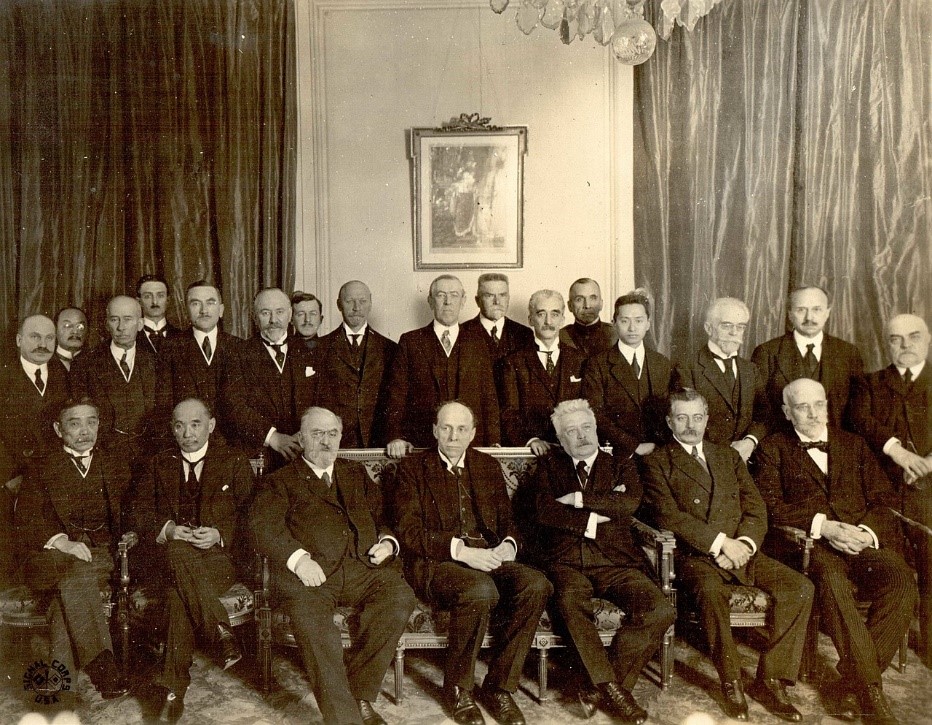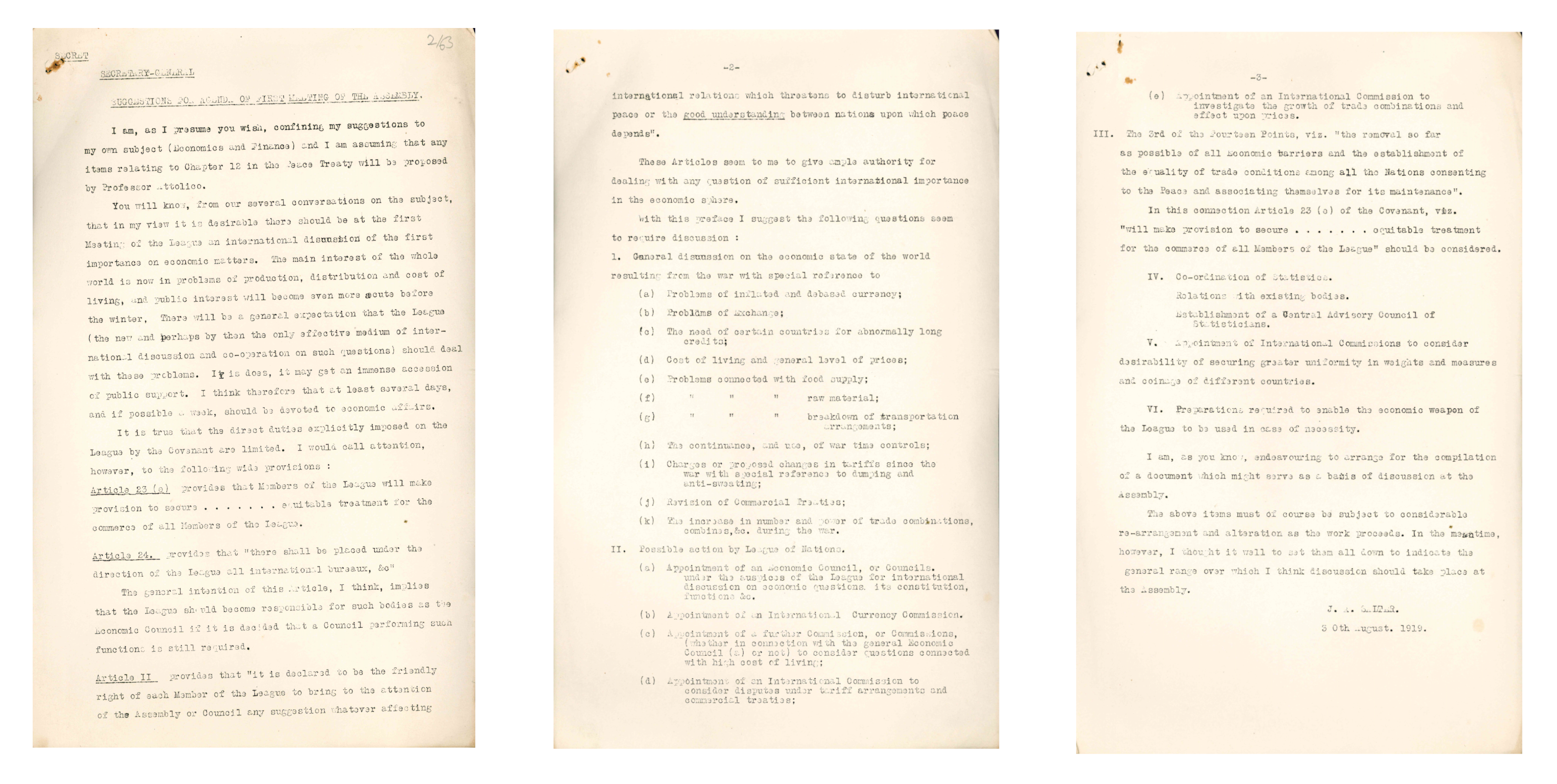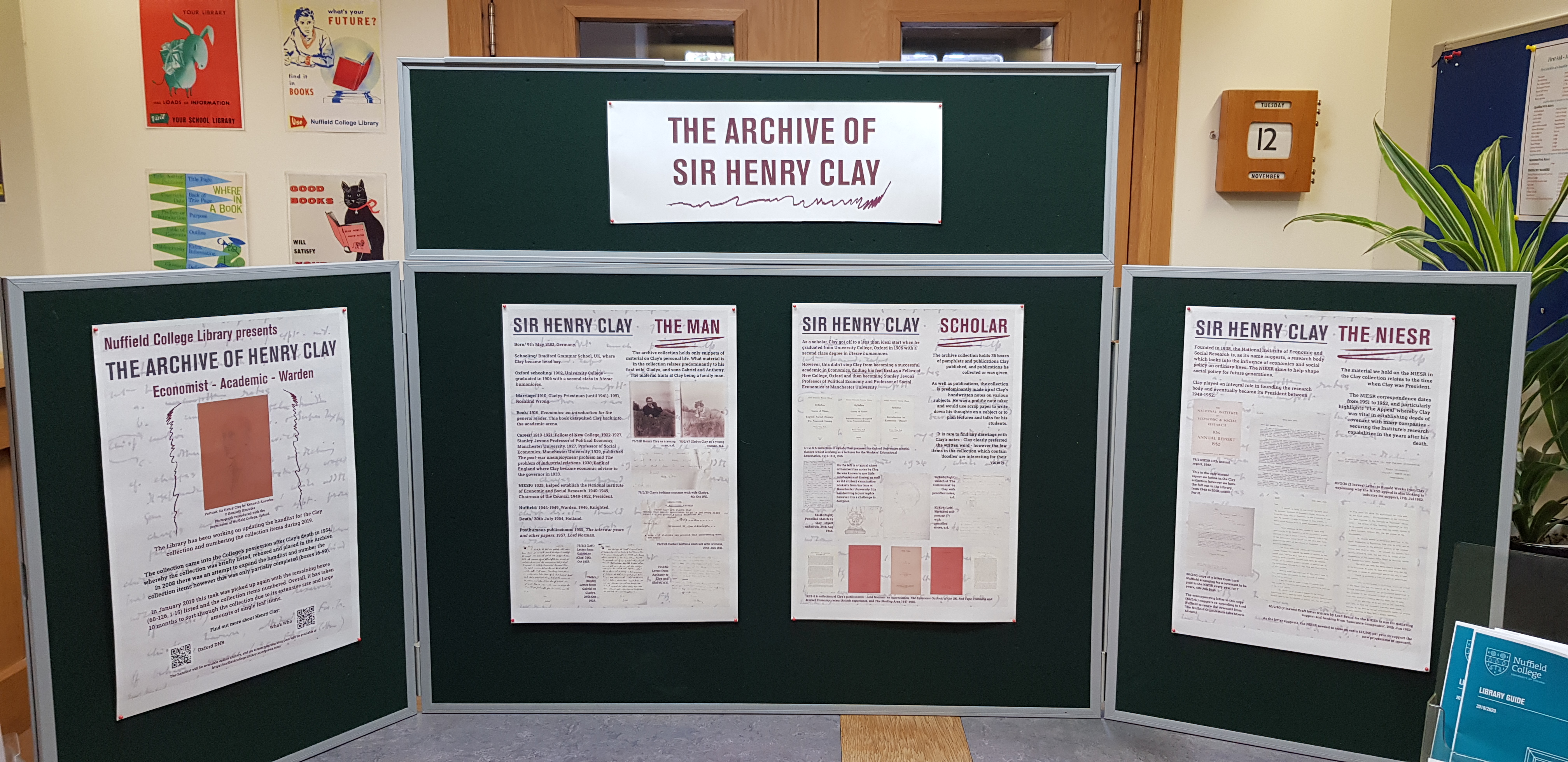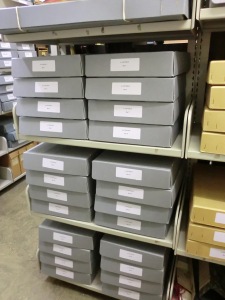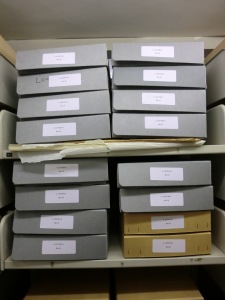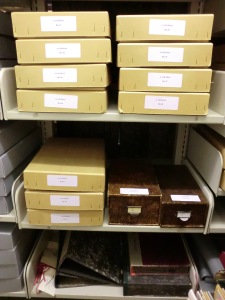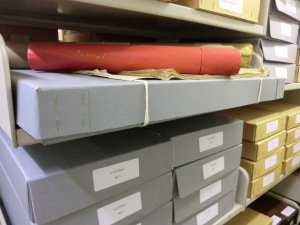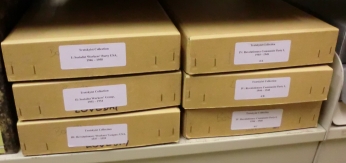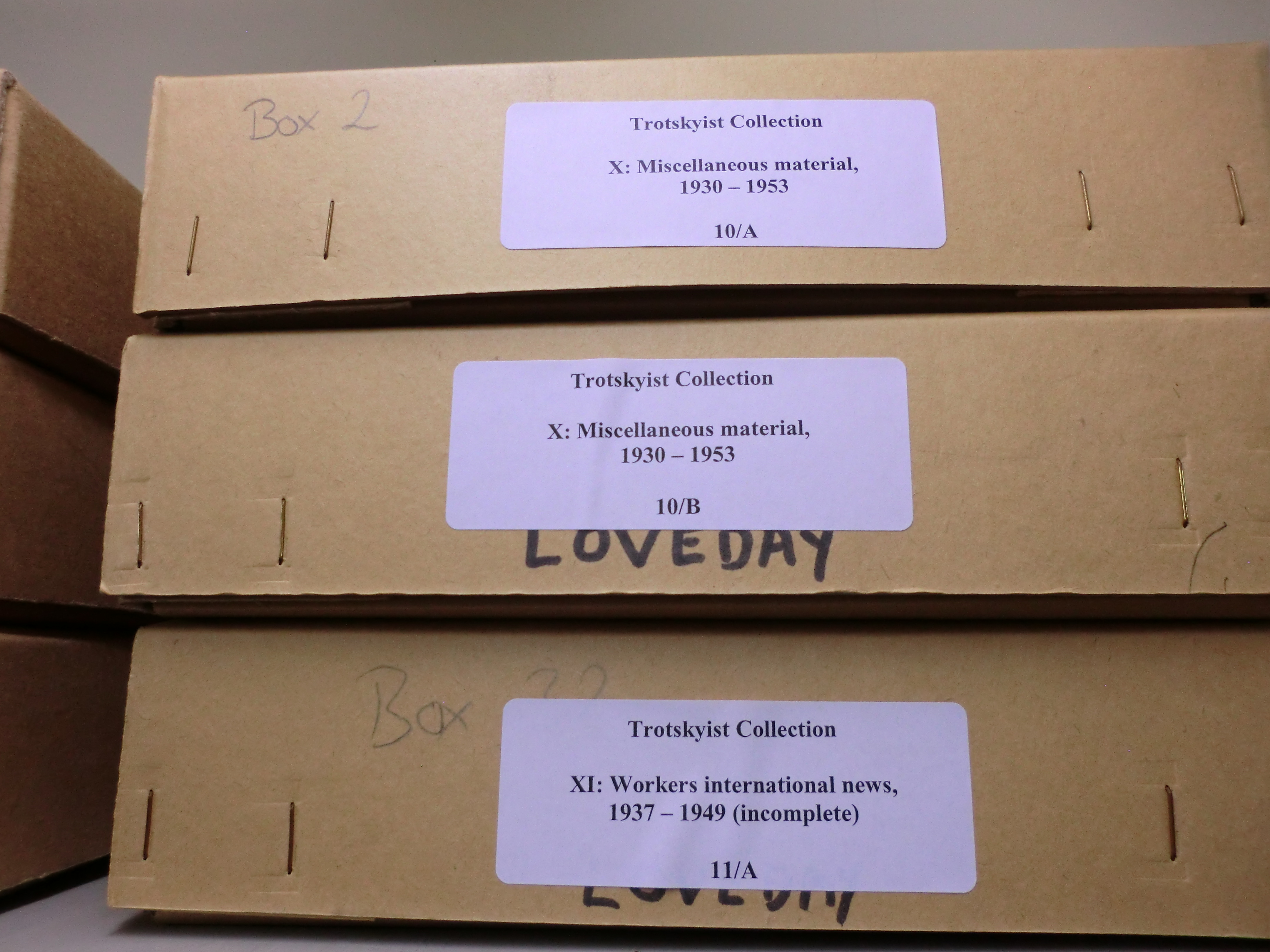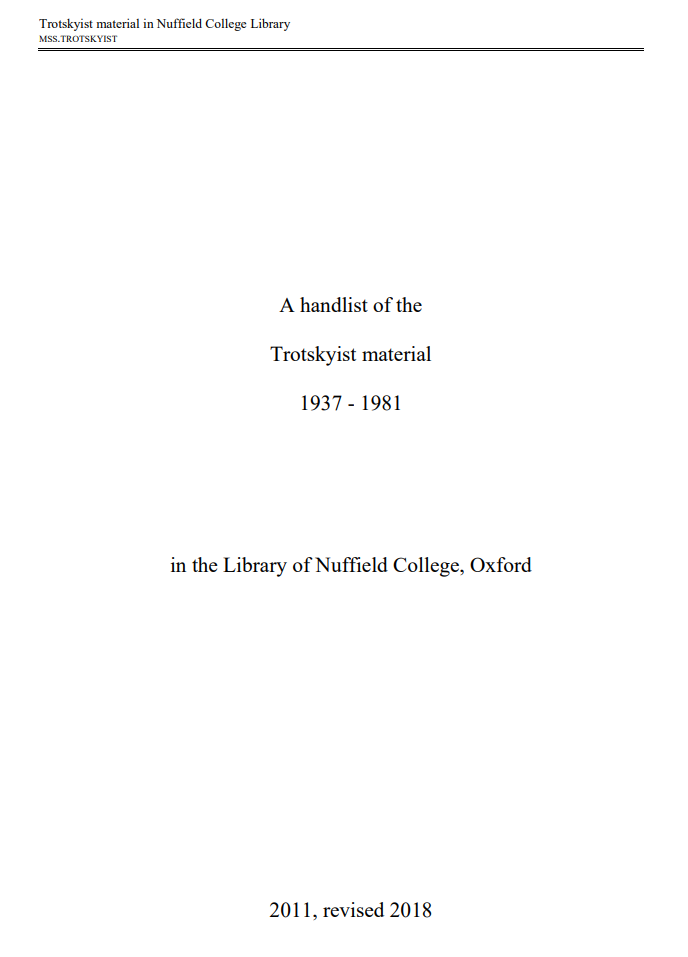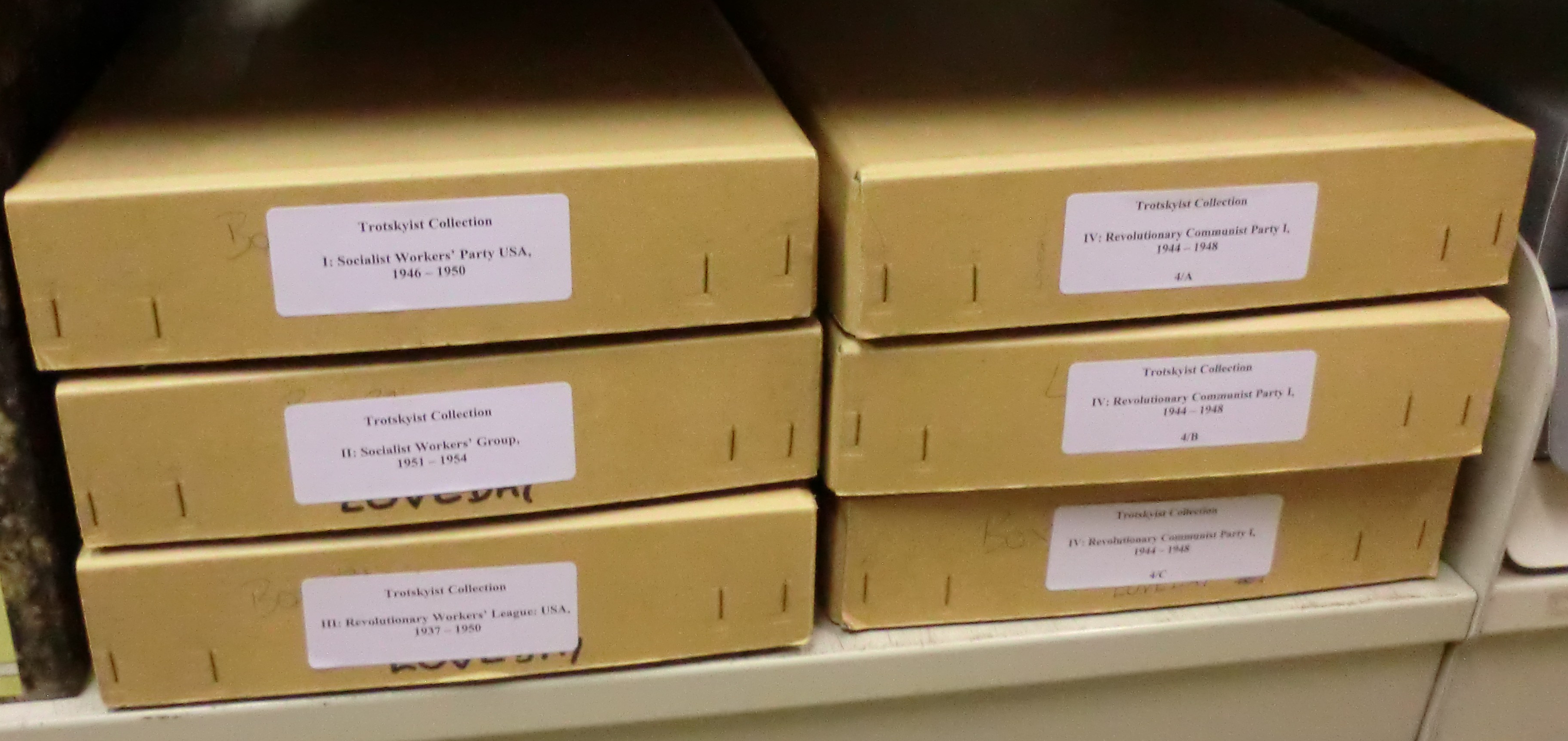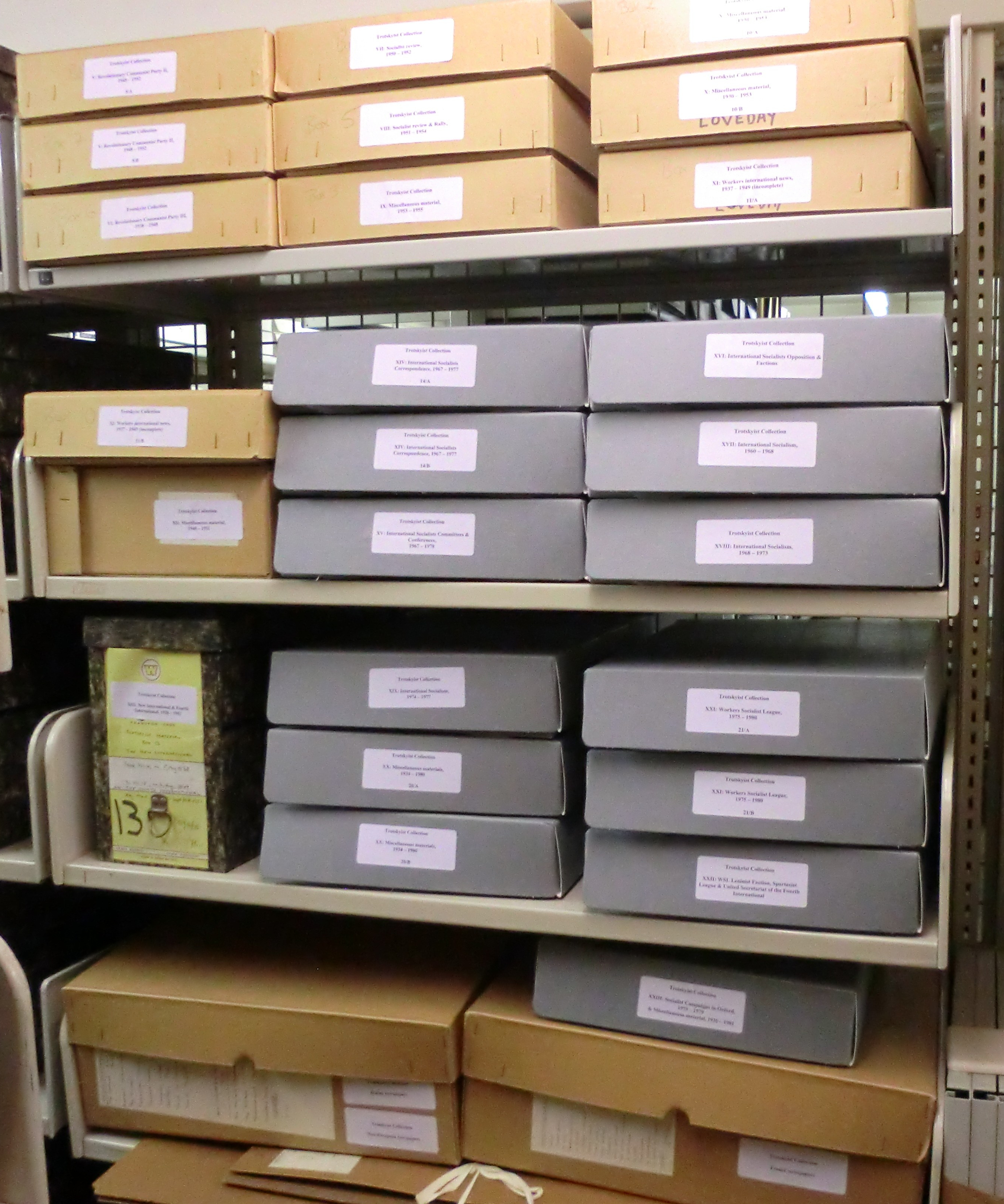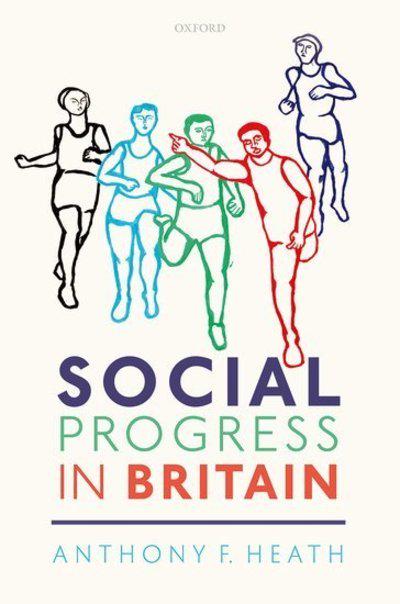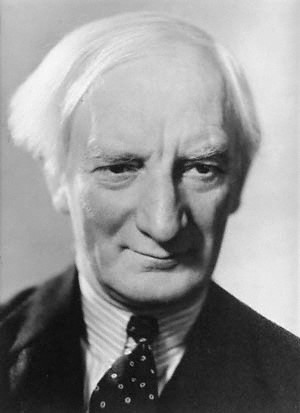In tribute to Cobbett’s first rural ride 200 years ago, this small exhibition showcases a few of the treasures held in the Nuffield College Library & Archive collections
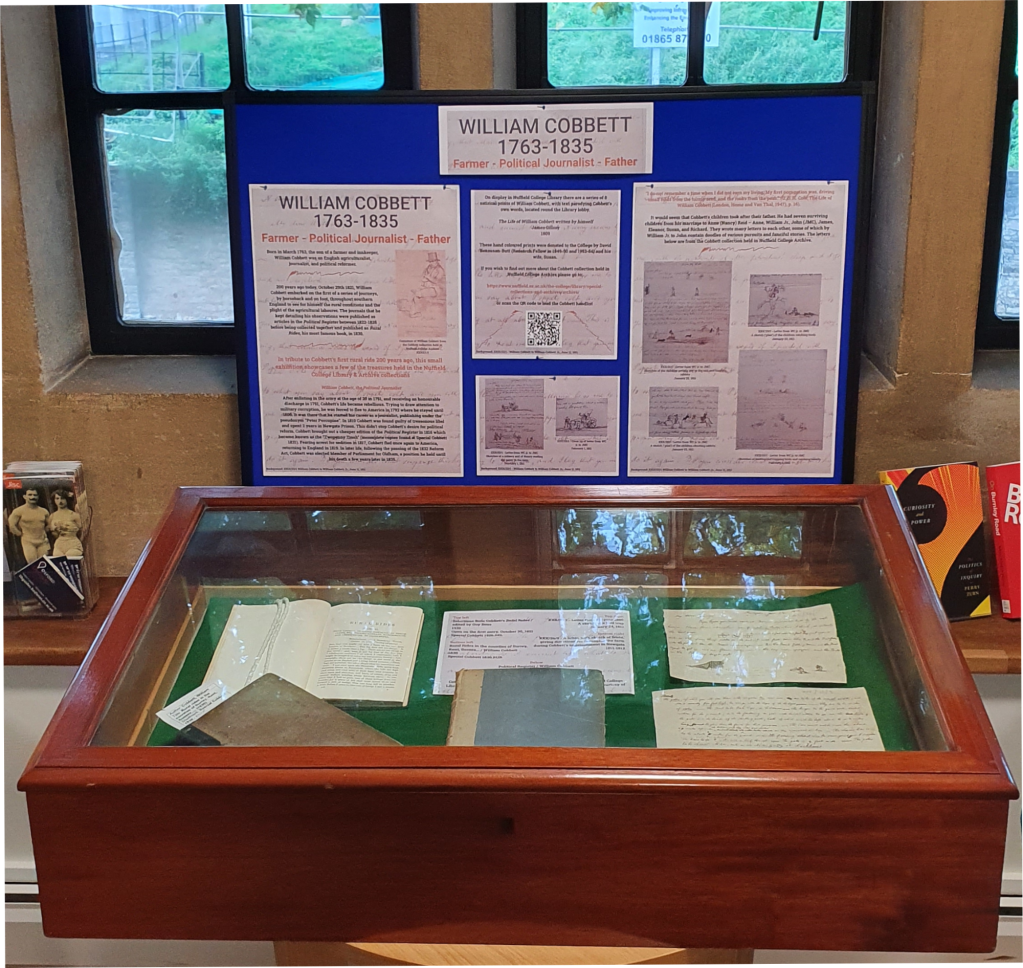
Born in March 1763, the son of a farmer and innkeeper, William Cobbett was an English agriculturalist, journalist, and political reformer.
200 years ago today, October 29th 1821, William Cobbett embarked on the first of a series of journeys, by horseback and on foot, throughout southern England to see for himself the rural conditions and the plight of the agricultural labourer. The journals that he kept detailing his observations were published as articles in the Political Register between 1822-1826 before being collected together and published as Rural Rides, his most famous book, in 1830. Cobbett began publishing his weekly Political Register in 1802. Nuffield College Library holds the whole run of the Political Register from 1802 to 1835 courtesy of G.D.H. Cole.
William Cobbett, the Political Journalist
After enlisting in the army at the age of 20 in 1791, and receiving an honourable discharge in 1791, Cobbett’s life became rebellious. Trying to draw attention to military corruption, he was forced to flee to America in 1792 where he stayed until 1800. It was there that he started his career as a journalist, publishing under the pseudonym “Peter Porcupine”. In 1810 Cobbett was found guilty of treasonous libel and spent 2 years in Newgate Prison. This didn’t stop Cobbett’s desire for political reform. Cobbett brought out a cheaper edition of the Political Register in 1816 which became known as the “Twopenny Trash” (incomplete copies found at Special Cobbett 1831). Fearing arrest for sedition in 1817, Cobbett fled once again to America, returning to England in 1819. In later life, following the passing of the 1832 Reform Act, Cobbett was elected Member of Parliament for Oldham, a position he held until his death a few years later in 1835.
William Cobbett, the Father
“I do not remember a time when I did not earn my living. My first occupation was, driving small birds from the turnip seed, and the rooks from the peas.” (G. D. H. Cole, The Life of William Cobbett (London, Home and Van Thal, 1947), p. 16).
It would seem that Cobbett’s children took after their father. He had seven surviving children from his marriage to Anne (Nancy) Reid – Anne, William Jr., John (JMC), James, Eleanor, Susan, and Richard. They wrote many letters to each other, some of which by William Jr. to John contain doodles of various pursuits and fanciful stories. The exhibition case below showcases the Library’s collection of the Political Register and Rural Rides and letters from the Cobbett collection held in Nuffield College Archive.
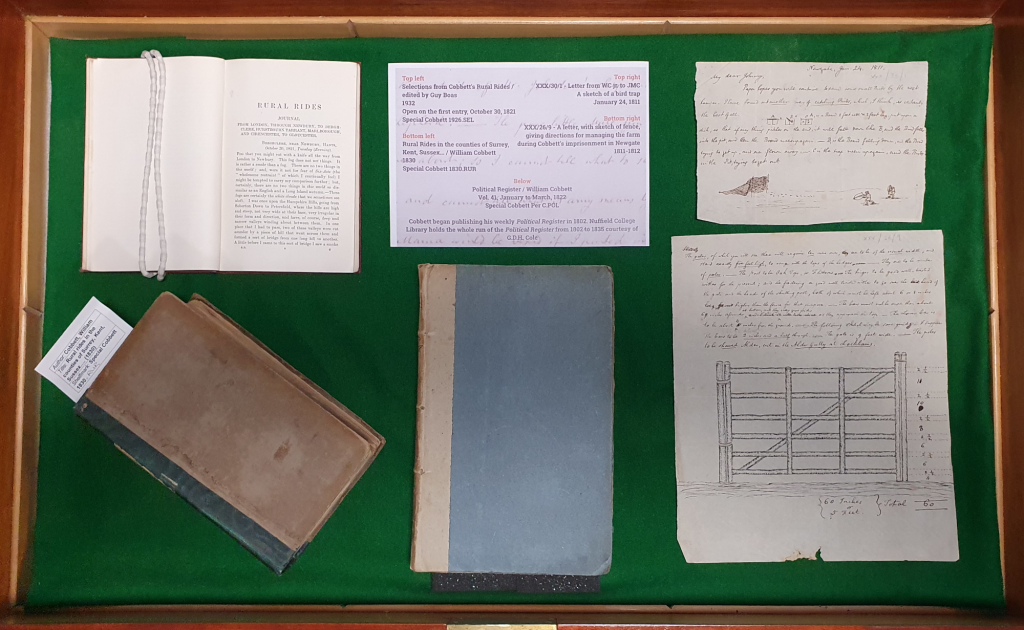
If you wish to find out more about the Cobbett collection held in Nuffield College Archive please go to:
https://www.nuffield.ox.ac.uk/the-college/library/special-collections-and-archives/archive/
or scan the QR code to load the Cobbett handlist:
Should you wish to read a digitised version of Cobbett’s Rural Rides a copy can be found here:
https://solo.bodleian.ox.ac.uk/permalink/f/ds4uo7/oxfaleph014512984
You will need to be signed in using your Oxford single-sign on.


